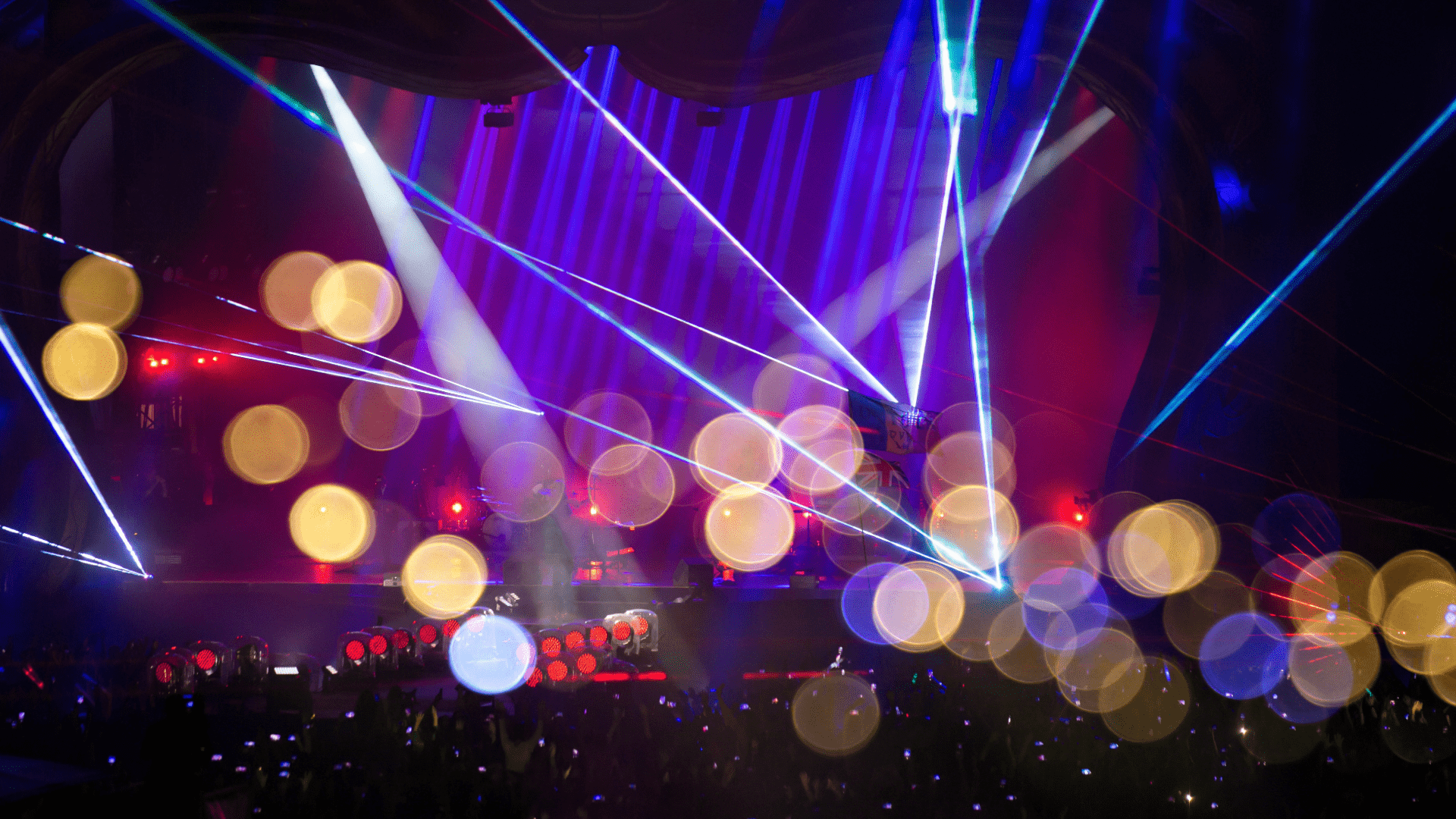Lighting technology has undergone a revolution in recent years, transforming from simple stage illumination to sophisticated systems capable of dynamic color changes, intricate patterns, and interactive effects. In this blog post, we’ll delve into the exciting advancements in lighting technology, from traditional stage lighting to modern intelligent fixtures, and explore how these innovations are reshaping the landscape of live performances, events, and architectural design.
Evolution of Stage Lighting
Traditional stage lighting, consisting of incandescent and halogen fixtures, has long been the cornerstone of live performances and theatrical productions. While these fixtures provided basic illumination, they lacked the flexibility and versatility required for today’s dynamic performances. However, advancements in lighting technology have paved the way for a new era of stage lighting, characterized by intelligent fixtures capable of precise control, dynamic colour mixing, and programmable effects.
Rise of Intelligent Fixtures
One of the most significant advancements in lighting technology is the advent of intelligent fixtures, also known as automated or moving lights. These fixtures incorporate advanced features such as pan, tilt, zoom, and colour mixing capabilities, allowing lighting designers to create dynamic and immersive lighting effects with unparalleled precision. Whether it’s sweeping beams of light, intricate patterns, or synchronized movements, intelligent fixtures offer a level of creativity and flexibility that was previously unimaginable.
Dynamic Colour Changes and Effects
One of the most striking features of modern lighting technology is its ability to produce dynamic colour changes and effects in real-time. LED fixtures, in particular, have revolutionized the way we use colour in lighting design, offering a virtually unlimited palette of hues and shades. With the ability to program custom colour sequences, fade transitions, and strobe effects, lighting designers can create captivating visual experiences that enhance the mood, atmosphere, and emotional impact of live performances and events.
Integration of Control Systems
Another key advancement in lighting technology is the integration of sophisticated control systems that allow for seamless synchronization and coordination of lighting effects. From simple DMX controllers to advanced lighting consoles with touch-screen interfaces and programmable presets, these control systems provide lighting designers with unprecedented flexibility and control over their lighting setups. By harnessing the power of automation and digital control, designers can create dynamic lighting scenes with pinpoint accuracy and precision.
Applications Across Industries
The advancements in lighting technology have far-reaching implications across various industries, including entertainment, architecture, and event production. In the entertainment industry, intelligent lighting fixtures are used to create immersive lighting designs for concerts, theatrical productions, and live events. In architectural design, LED lighting systems are used to illuminate buildings, bridges, and public spaces with dynamic and energy-efficient lighting schemes. In event production, advanced lighting effects are used to enhance the atmosphere and ambiance of weddings, corporate events, and festivals, creating unforgettable experiences for attendees.
Sustainability and Energy Efficiency
In addition to their creative potential, modern lighting technologies also offer significant benefits in terms of sustainability and energy efficiency. LED fixtures consume a fraction of the energy of traditional lighting sources, resulting in lower electricity bills and reduced carbon emissions. Furthermore, LED lighting systems have a longer lifespan and require less maintenance, resulting in cost savings and reduced environmental impact over time. By embracing energy-efficient lighting solutions, businesses and organizations can reduce their ecological footprint while still achieving stunning visual effects.
Conclusion
The advancements in lighting technology represent a revolution in the way we illuminate and experience the world around us. From traditional stage lighting to modern intelligent fixtures capable of dynamic colour changes and intricate patterns, these innovations have reshaped the landscape of live performances, events, and architectural design. As technology continues to evolve, the possibilities for creative expression and innovation in lighting design are limitless, promising a future where light truly becomes an art form unto itself.


